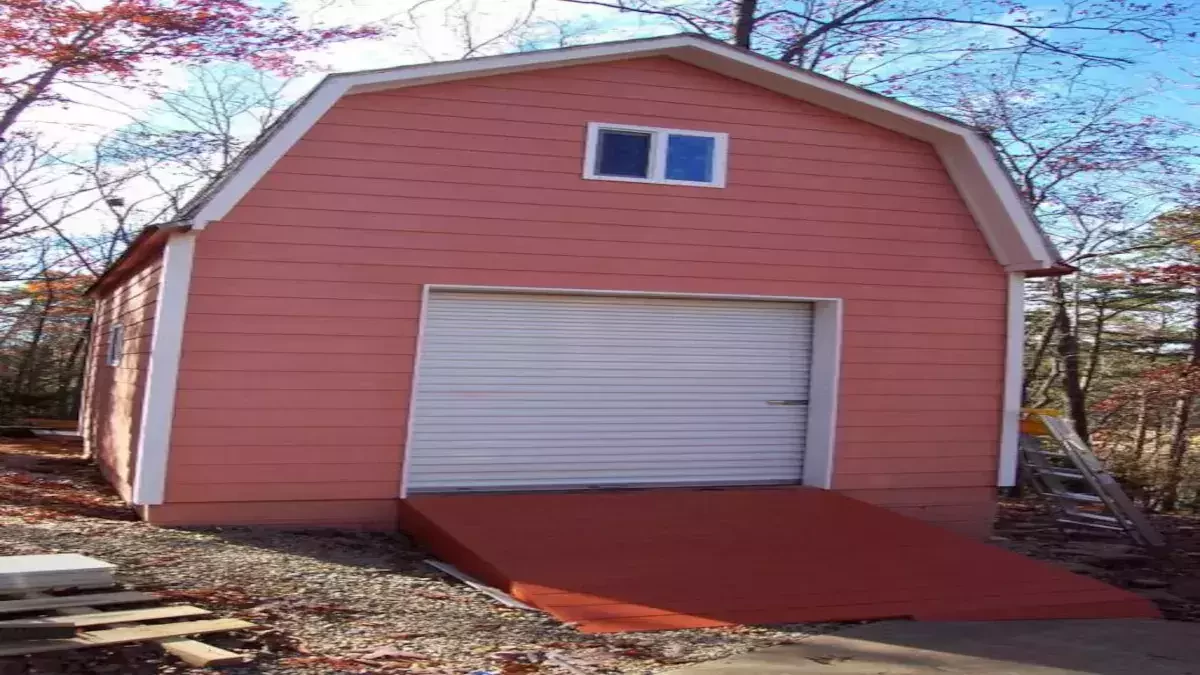
Trusted Van Transport Services for Every Transportation Need
Trusted Vehicle Shipping Services with Full Insurance & On-Time Delivery Finding a reliable van transport service is essential for both personal and business needs. Whether you require a passeng...



















